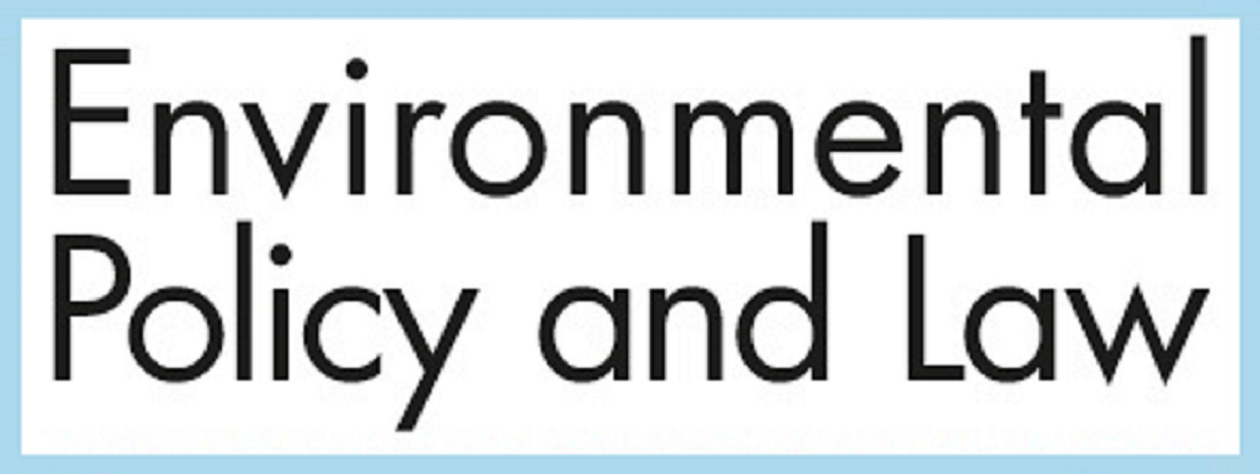Lead Pollution from Shooting and Angling, and a Common Regulative Approach
Vernon G. Thomas*,1 and Raimon Guitart**,2
1 Department of Zoology, University of Guelph, Guelph, ON, Canada
2 Toxicology Unit,Autonomous University of Barcelona, Bellaterra, Spain
* Co-corresponding author: vthomas@uoguelph.ca
**Co-corresponding author: raimon.guitart@ uab.es
EPL, Vol.33, Iss.3-4, pp.143-149, 2003

